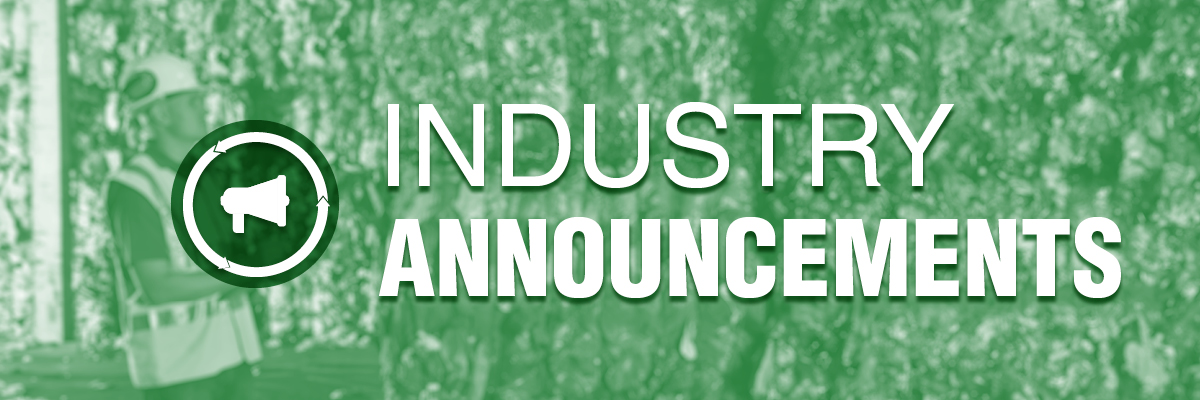

Resource Recycling keeps you on top of critical industry trends and brings unparalleled analysis of the evolving materials stream, market turbulence, policy trends and more.
Sign up for our free weekly e-newsletters to receive the latest news directly.

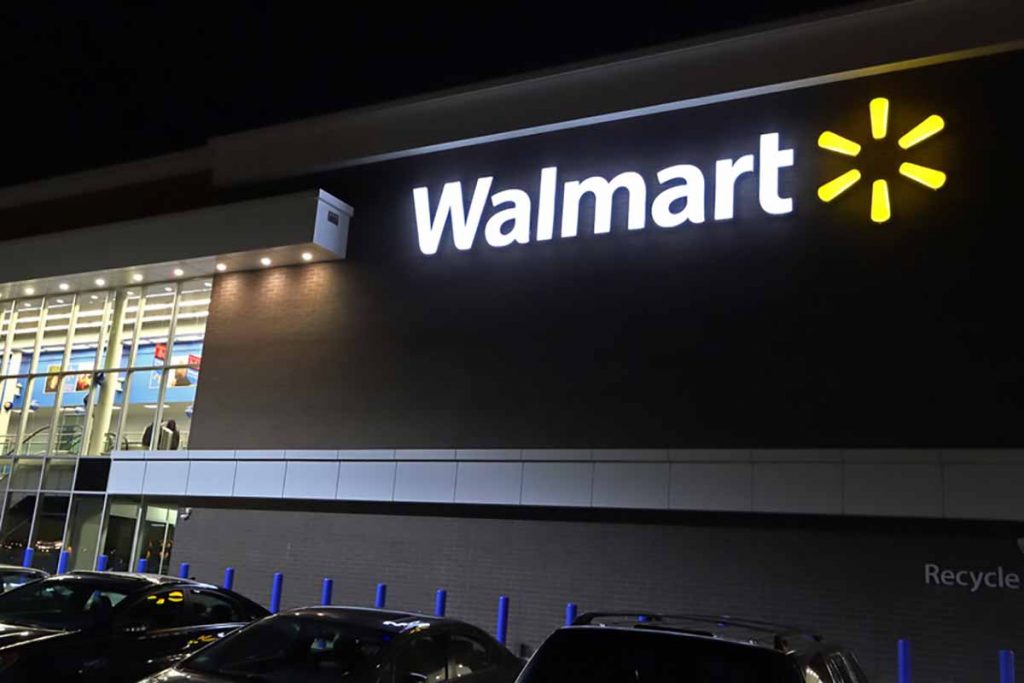
The Greenpeace lawsuit focuses on Walmart’s use of the How2Recycle label on certain of the company’s private label plastic packaging. | QualityHD/Shutterstock
A lawsuit alleging Walmart deceives customers about recyclability of its packaging has been reopened. Attorneys for Greenpeace expect their complaint, which was previously dismissed by a federal judge, will be allowed to move forward in its amended form.
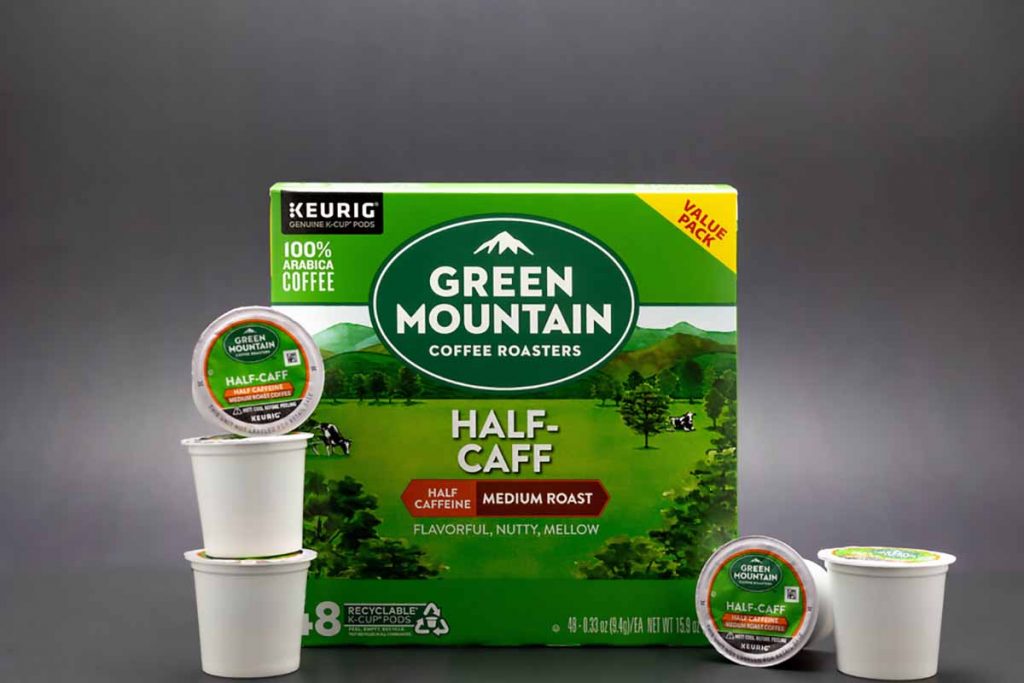
Keurig has tentatively settled a class-action suit regarding the company’s recyclability claims. | John Mantell/Shutterstock
Keurig Green Mountain has reached a tentative class-action settlement with a consumer who is suing the company over its coffee pod recyclability claims.
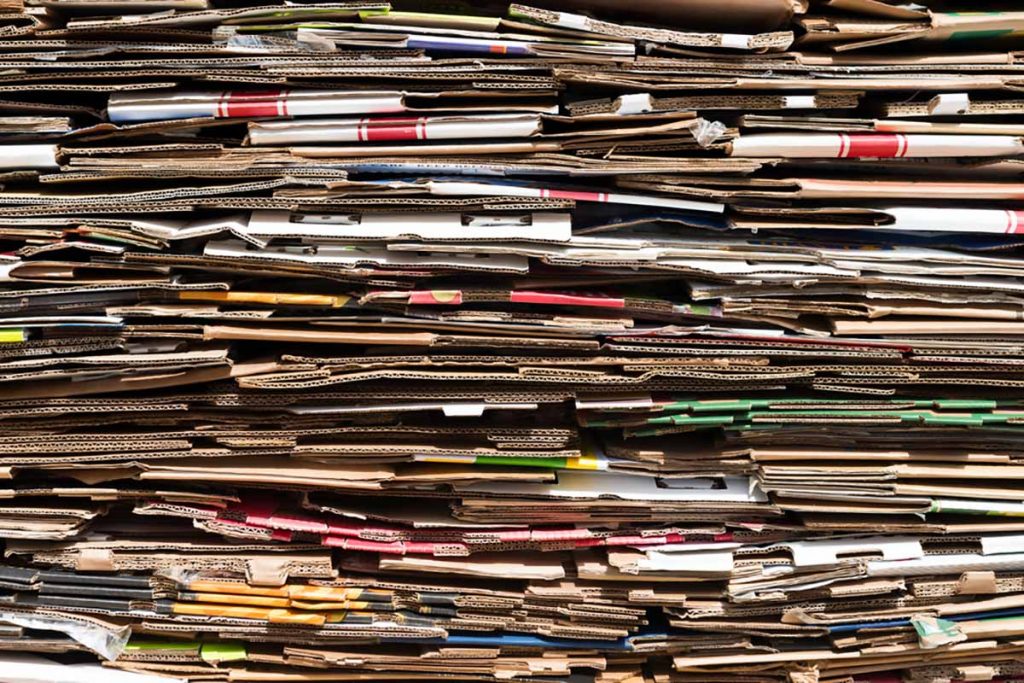
Sustana operates two 100% recycled fiber mills. | Kenishirotie/Shutterstock
Recycled fiber packaging producer Sustana Group has been acquired by a New York investment firm, which cited rising public interest in sustainability as a factor in the purchase.
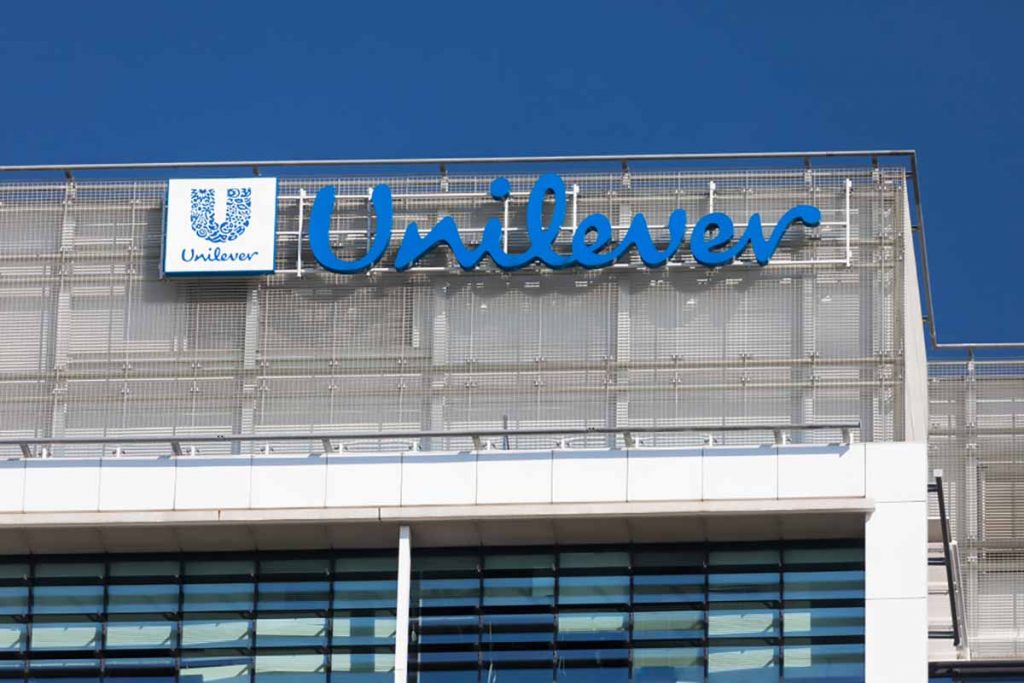
Unilever reported a 6-percentage-point increase in its post-consumer resin usage in 2020, outpacing most other large brand owners. | Konektus Photo/Shutterstock
Global packaged goods companies disclosed their post-consumer resin usage for 2020, and most of the biggies reported purchasing more recycled plastic than the year before.

The fifth round of funding from the REMADE Institute will go to 23 projects. | Alex Traksel/Shutterstock
Novelis, the Institute of Scrap Recycling Industries, Resource Recycling Systems and a number of other familiar recycling industry names are involved with projects that received federal funding.
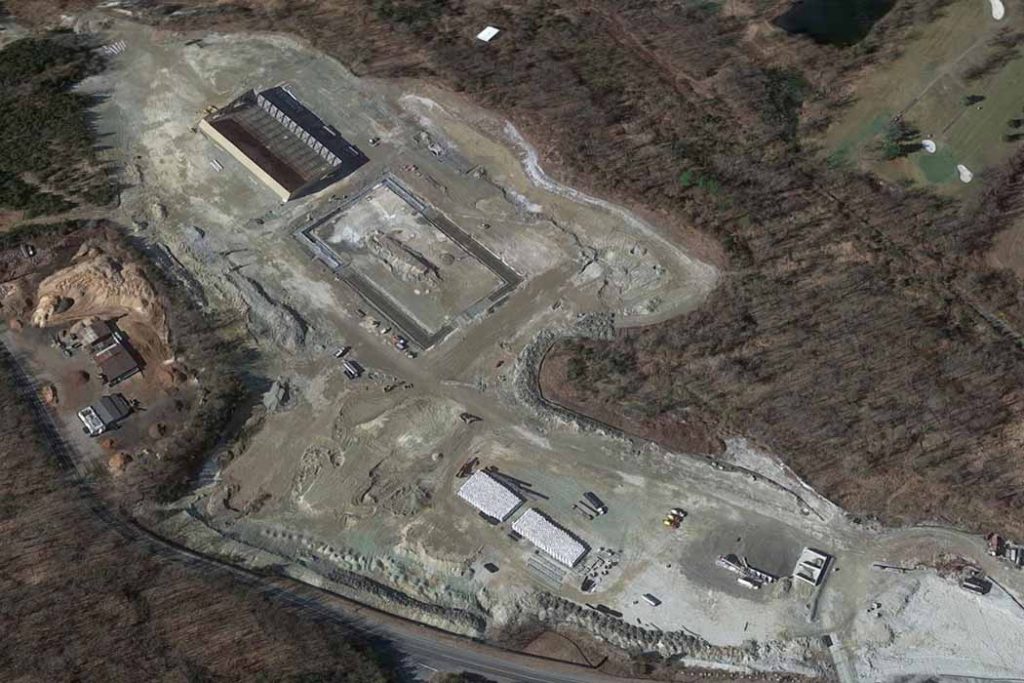
Details on the demise of Pace Glass was of interest to readers in November. | Google satellite image
The aluminum can industry’s push for deposits, a glass recycling firm’s failure, and the opening of two MRFs drew our readers’ clicks last month.
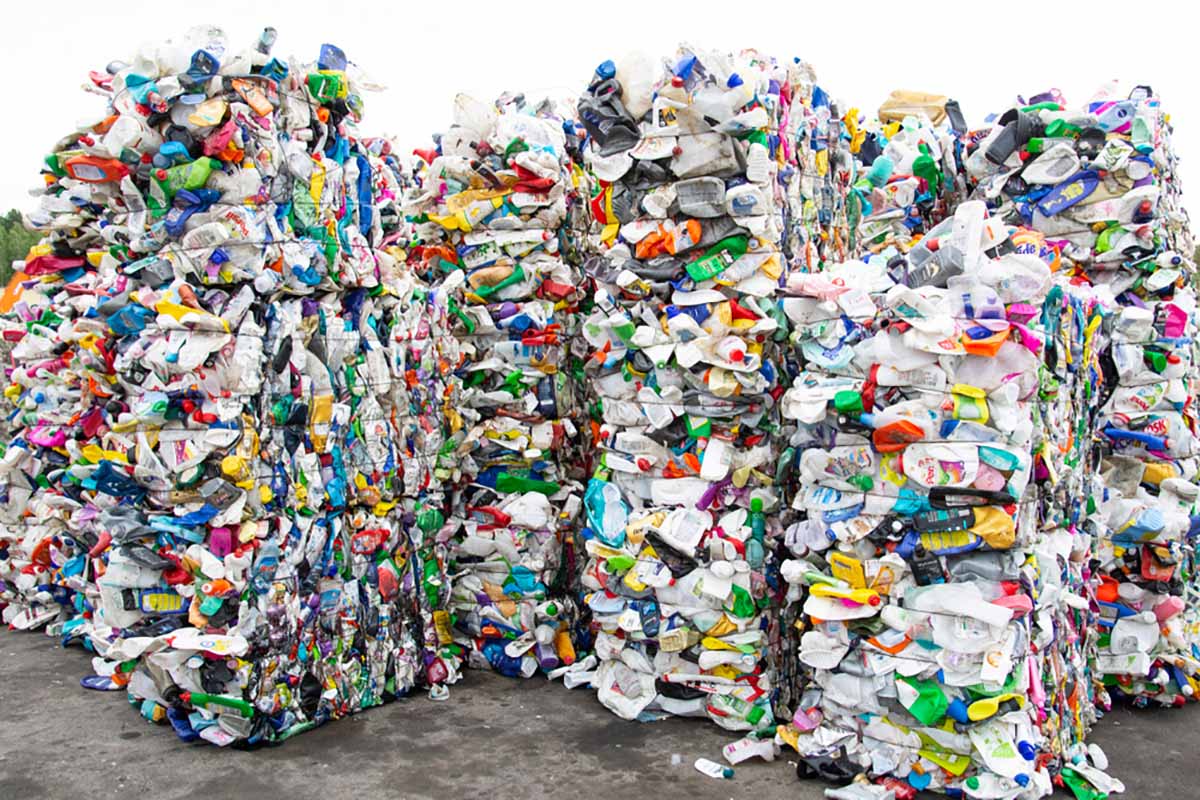
A survey of 16 MRFs in 10 northeastern states found the average blended value of a ton of curbside recyclables rose substantially in the third quarter. | Natallia Boroda/Shutterstock
Materials recovery facilities in the northeastern U.S. enjoyed a sharp increase in recyclables prices during the third quarter, according to a survey from the Northeast Recycling Council.
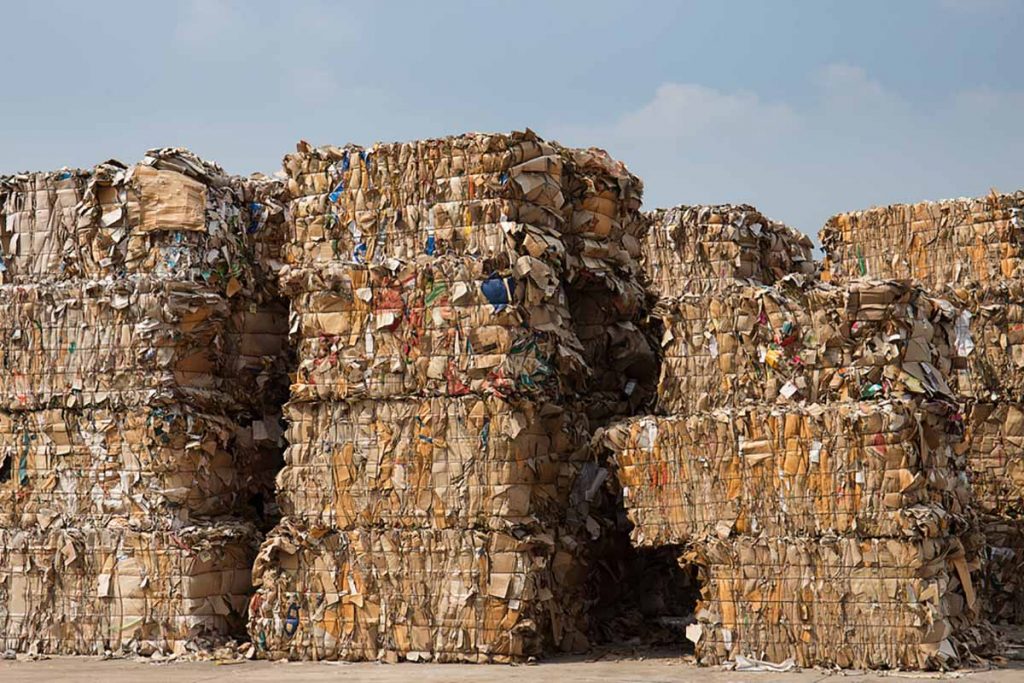
Recovered fiber users recently reported on the financial impact of material prices over the past quarter. | Siwakorn1933/Shutterstock
One major paper company reported a 179% increase in OCC prices year over year during the third quarter. Although the OCC market has cooled slightly since then, paper companies are projecting similarly elevated prices for the year to come.
